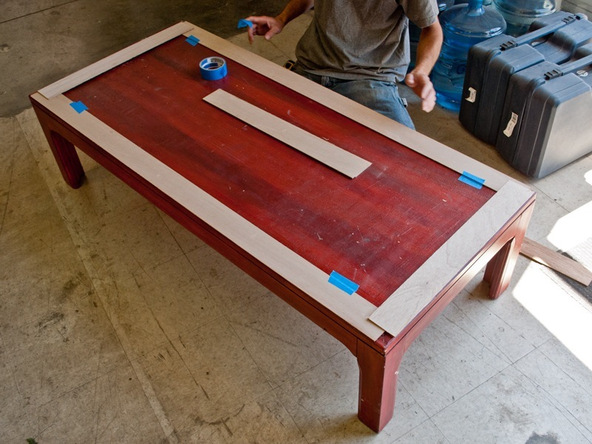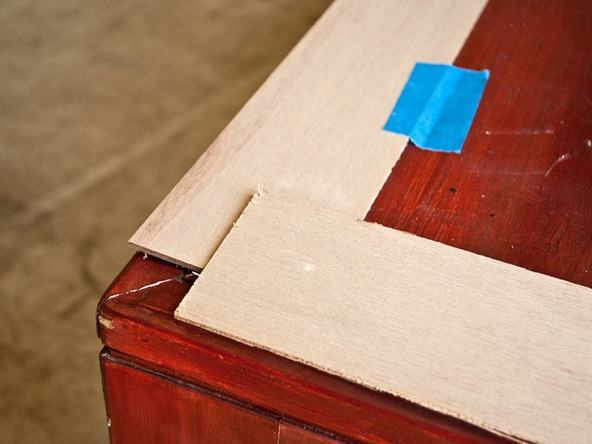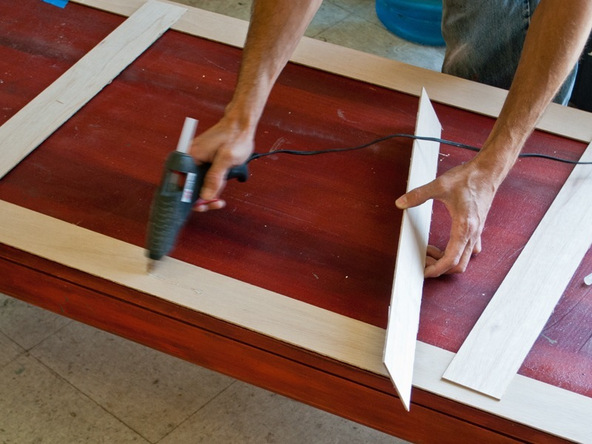Precast Concrete Countertops
ONE: MAKE A TEMPLATE
Every concrete countertop begins with a template. It’s a full-scale map of the project – an outline that will be used to form the concrete. The template is also a place to record important information about the countertop and serves as a way of recognizing potential problems before they’re cast in stone.
The template is a 2-dimensional model of the finished countertop you are building. Make the template to the exact dimensions of the finished countertop you are building and be sure to keep notes to clearly indicate any overhangs, front edges, even the sink knock-outs.
If you are replacing an existing countertop, you’ll want to remove the old countertop before making your template. In order to make a precise template you need to be working directly off the base cabinets.
What You’ll Need
- Hot Glue Gun
- Masking Tape
- Marker
- Utility Knife
- 3-4″-Wide Strips of Luan
- Concrete Countertops Made Simple Book and DVD
Step 1 – Getting Ready
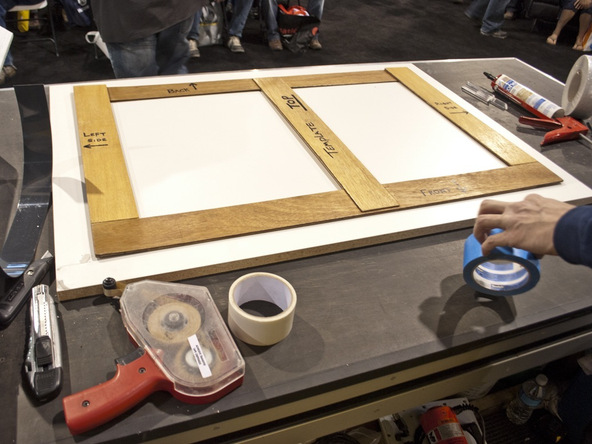
Step 2 – Assemble
Step 3 – Transfer to Form
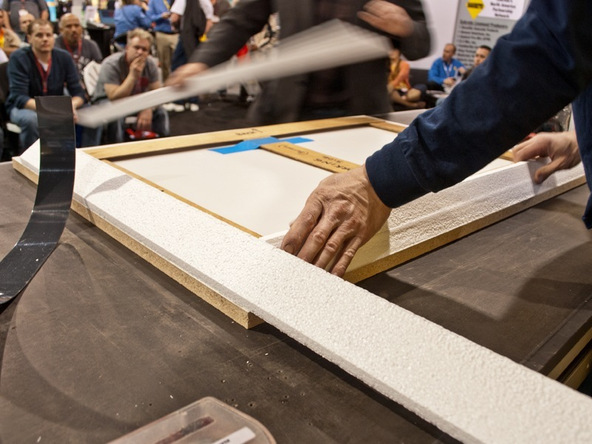
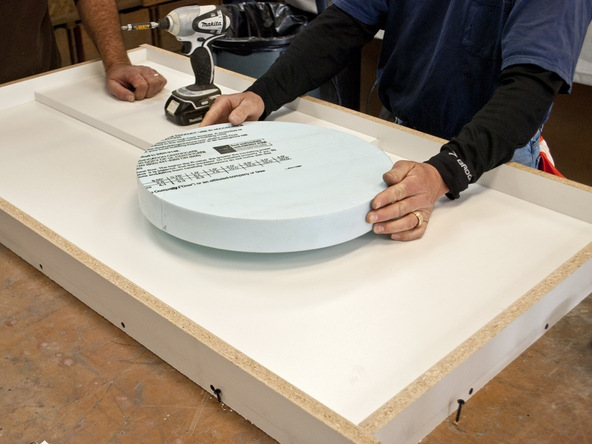
Projects destined for the polishing process are typically cast on melamine-coated particle board, an inexpensive, and readily available choice.

